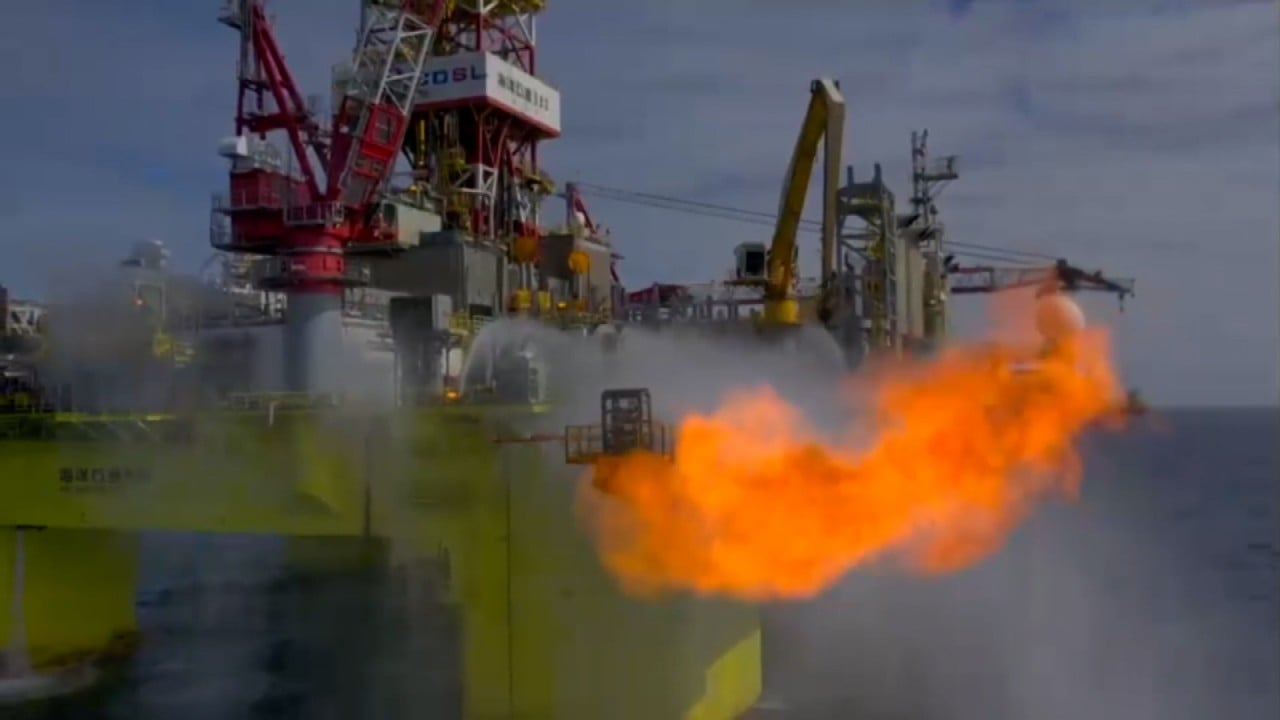When the United States’ twin GRACE satellites spotted an anomaly southeast of India while mapping the oceans, Chinese researchers spotted an opportunity.
Over a relatively flat seabed thousands of metres deep, Nasa detected a spike in gravity readings and then put that data online, free for all to use.
The ship’s US-made DGS advanced marine gravimeter measured gravity’s pull every second, with precision as high as 0.01 milligal, a measure of gravitational acceleration.
The trip confirmed what they had suspected: thickened crust beneath the Indian Ocean’s Ninety East Ridge.
Dense rock in some seemingly flat areas along the ridge – which spans 5,600km and is the longest on Earth – is 5km (3.1 miles) thicker than normal.
That thickness matters. Where the crust swells, minerals – copper, nickel, cobalt, manganese, rare earths – rise as magma pushes them up from the deep.
The Chinese researchers marked the spots, potentially saving them years of searching and millions of dollars.



